Weight still placed on imported LNG
Vietnam is facing more pressure to balance electricity generation costs given that gas prices spiked again last week, with Europe enduring a hot summer.
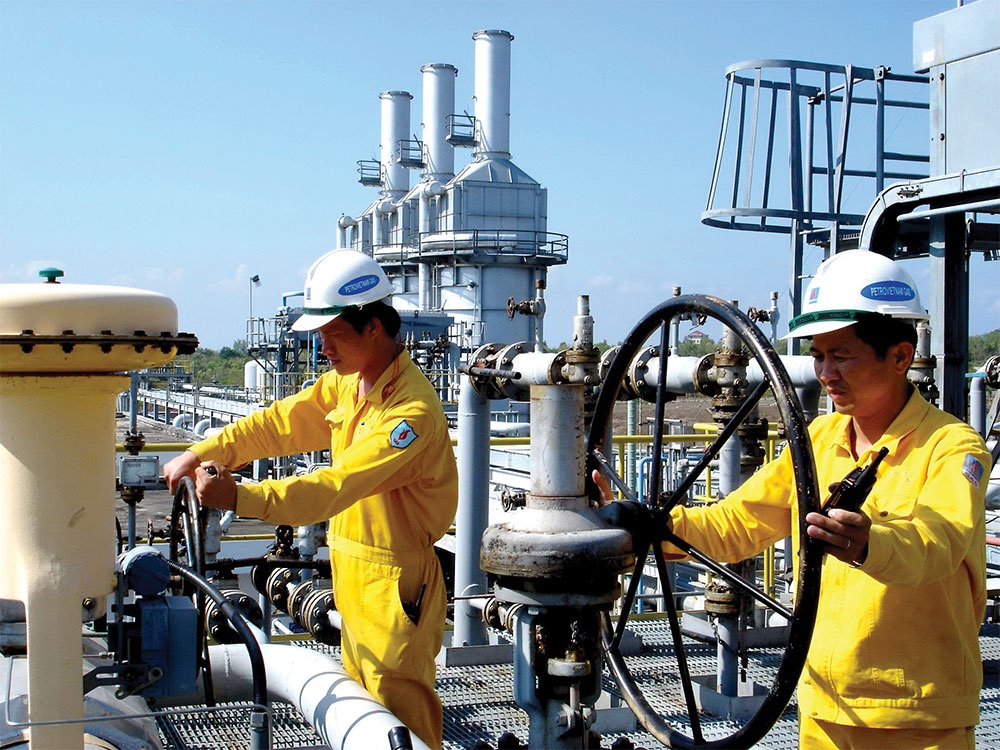 |
| Leaning on imports means a possible LNG shortage for some plants, photo Le Toan |
On August 8, the price of Dutch natural gas, the European benchmark, jumped 24 per cent to €40 ($44) per MWh. The price of American natural gas has also climbed 18 per cent this month.
Vietnam is increasingly dependent on imported fuel to produce electricity. According to Nguyen Bich Lam, former general director of the General Statistics Office, the ratio of imported fuel costs to the total cost of raw materials in the whole economy is 37 per cent. Rising gas prices hit power, steel, fertiliser, and glass producers.
In 2022, Vietnam spent $1.89 billion importing nearly 2.48 million tonnes of petroleum gas and hydrocarbon gases from China, Saudi Arabia, and the United States, according to the 2022 Fertiliser Import and Export Report released by the Institute for Brand and Competitiveness Strategy in April this year.
Two weeks ago, Nguyen Anh Tuan, former deputy director of the Institute of Energy under the Ministry of Industry and Trade (MoIT), told VIR that a shortage of gas for electricity generation was imminent if Vietnam did not replenish the reserve in time and complete the infrastructure for importing liquefied natural gas (LNG). Fuel constitutes a high proportion of electricity costs, from 78 per cent to 86 per cent for gas-fuelled electricity.
“There is also a risk of an LNG shortage for combined-cycle gas power plants in the future due to the dependence on imports,” Tuan said.
As gas prices spiked again, this posed another threat to the development of LNG power projects in Vietnam, which are already facing some difficult-to-solve challenges related to policy, capital, and the market. With the goal of developing 23,900MW of LNG power projects, Vietnam needs to import 14-18 billion cubic metres of LNG by 2030 and 13-16 billion cu.m by 2045.
He added that the progress of the O Mon power plant cluster had been delayed until the end of 2026, when the gas price is expected to reach $13.1 per million BTU (British thermal unit). This price is too high given that the gas field design is not approved. It will lead to an increase in the cost of electricity production of the O Mon projects.
“The approved Block B gas price plan estimated that the gas price at the well mouth was $9.36 per MBTU in 2017. This is coupled with a $1.37 per MBTU pipeline fee to transport gas to the O Mon power centre. As a result, the gas price at the fence of the power plant is expected to reach $12.80/MBTU from 2024,” he said.
The World Bank said in October 2022 that it expected energy prices to decline by 11 per cent in 2023 after a 60 per cent surge following Russia’s invasion of Ukraine. While energy prices were easing, they would still be 75 per cent above their average over the past five years.
Many analysts also doubt the possibility of developing nearly 22,400MW of LNG power projects by 2023, as outlined in the Power Development Plan VIII (PDP8). As of present, there are only two LNG power projects with a combined capacity of 2,800MW inaugurated yet to sign power purchase agreements with Vietnam Electricity.
With the power source structure in PDP8, according to MoIT’s calculations, a 10 per cent increase in the LNG price will raise the average power production cost of the system by 1.1–1.5 per cent. If the LNG price jumps to $16.5 per MBTU, or 40 per cent, the average electricity price will climb by nearly 6 per cent compared to the base price calculated in the PDP8.
“This price increase is acceptable when compared with the average growth rate of the power tariff at about 5.5 per cent per year during 2010-2020. If LNG prices surge in the global market, the increase in the average electricity production cost of the whole system is still acceptable to Vietnam,” the MoIT stated.
| - According to Vietnam’s gas industry development plan, Vietnam will need to import 1-4 billion cu.m of LNG per year from 2021 to 2025, and that will then increase from 6-10 billion cu.m per year by 2026. About 75 per cent of imported LNG will be used as fuel for power plants. - The PDP8 outlines the development of traditional fuel sources to switch to LNG on a massive scale, from zero in 2020 to approximately 12,550-17,100MW in 2030, accounting for nearly 12 per cent of the total generation capacity in 2030, gradually increasing to 43,000MW, accounting for up to 17 per cent of total capacity in 2045. |
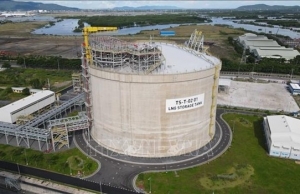 | 1.3-billion-USD LNG terminal warehouse project gets greenlight The People's Committee of Binh Thuan province has issued a decision approving the investment of Son My liquefied natutal gas (LNG) terminal warehouse project in the south-central province’s Ham Tan district. |
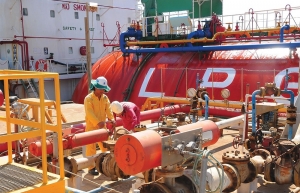 | Key milestones being hit for LNG prospects To utilise the promising land of liquefied natural gas, developers are awaiting supportive policies for infrastructure to help save project costs and contribute to green energy goals. |
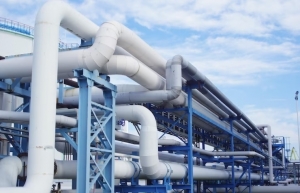 | Flaws in infrastructure hinder plans for LNG The possibility that electricity generated from liquefied natural gas will replace coal-fired power is some way off, with infrastructure concerns regarding import operations coming to the fore. |
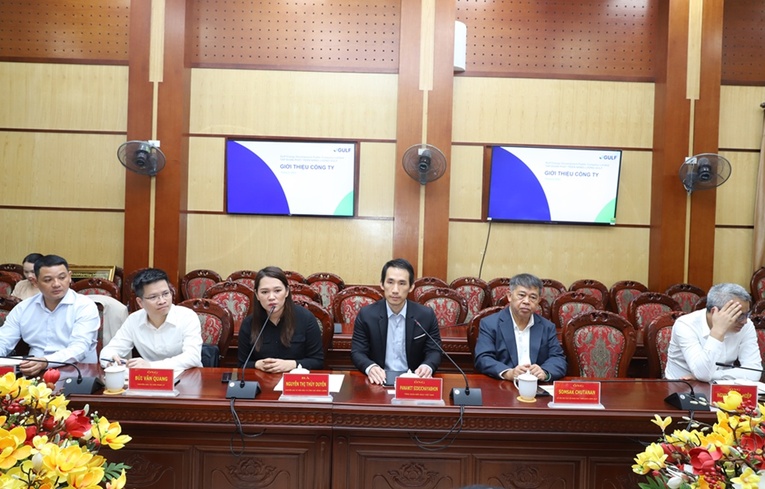 | Gulf Energy plans to invest in infrastructure and utility services in Thanh Hoa Gulf Energy Development Group from Thailand arrived in the central province of Thanh Hoa to study investment opportunities in energy, infrastructure, and utility services. |
What the stars mean:
★ Poor ★ ★ Promising ★★★ Good ★★★★ Very good ★★★★★ Exceptional
Related Contents
Latest News
More News
- Heavy industries set for pilot greenhouse gas quotas (December 25, 2025 | 10:00)
- Swedfund invests in MSME growth and climate action in Vietnam (December 19, 2025 | 11:42)
- GreenYellow brings solar energy to light up remote schools in Tuyen Quang province (December 19, 2025 | 08:00)
- Charge+, Grab partner to develop EV charging network in Vietnam (December 18, 2025 | 17:11)
- Linking sci-tech and innovation to Vietnam’s net-zero future (December 18, 2025 | 14:31)
- Driving double-digit growth through green and circular transformation in Vietnam (December 17, 2025 | 09:00)
- Standard Chartered and ACCA deepen collaboration to develop Vietnam’s talent for a sustainable future (December 15, 2025 | 18:18)
- Schaeffler reports strong early output from Dong Nai solar project (December 12, 2025 | 15:16)
- Forestry conference highlights biodiversity and sustainability goals (December 09, 2025 | 13:35)
- Home Credit honoured among top 10 sustainable companies in trade and services (December 09, 2025 | 12:18)

 Tag:
Tag:





















 Mobile Version
Mobile Version